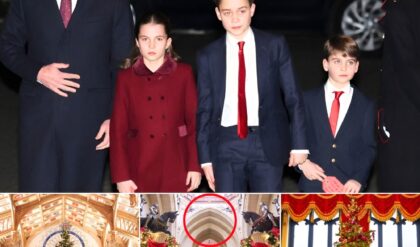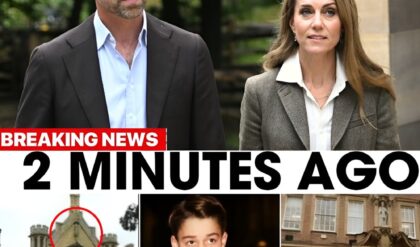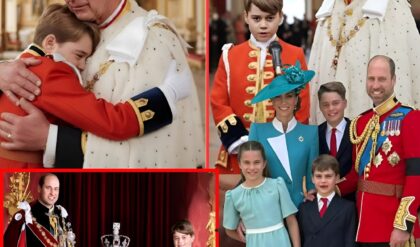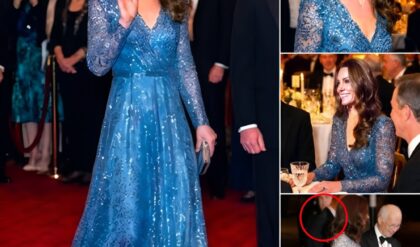It’s hard to imagine our world without The Lord of the Rings, but perhaps it’s a bit easier to imagine what might have happened had Tolkien not expanded his fictional borders beyond The Hobbit. Seventeen years passed between the initial publication of The Hobbit, and the first printing of The Fellowship of the Ring, during which time Tolkien ended up heavily revising the first book, to make it match up with the second book. Tolkien was riskily transforming a hazy charming fantasy land into something much more complex and enduring. None of it should have worked, but 70 years ago, on October 21, 1954, The Fellowship of the Ring hit bookstores in the U.S. and nothing was the same ever again.
Mild spoilers ahead.
While Tolkien purists often maintain that to think of each volume of The Lord of the Rings as a separate “book” is inaccurate, it’s all one book, simply published in three parts. But the broader reality of the way books are published and sold conflicts with this idea: The Fellowship of the Ring was released as the first book in a trilogy in the U.K. on July 29, 1954, by publisher George Allen and Unwin, and on October 21, 1954, in the United States by publisher Houghton Mifflin. Make no mistake, you couldn’t buy The Two Towers and The Return of the King in your same visit to the bookstore, either. Those two were released in the U.S. on April 21, 1955, and January 6, 1956, respectively. So scholars and the ghost of Tolkien himself can jump up and down like Gollum enraged, and nothing is going to change the fact that The Fellowship of the Ring was the second book set in the world of Middle-earth, but the first book in trio of books that comprise The Lord of the Rings.
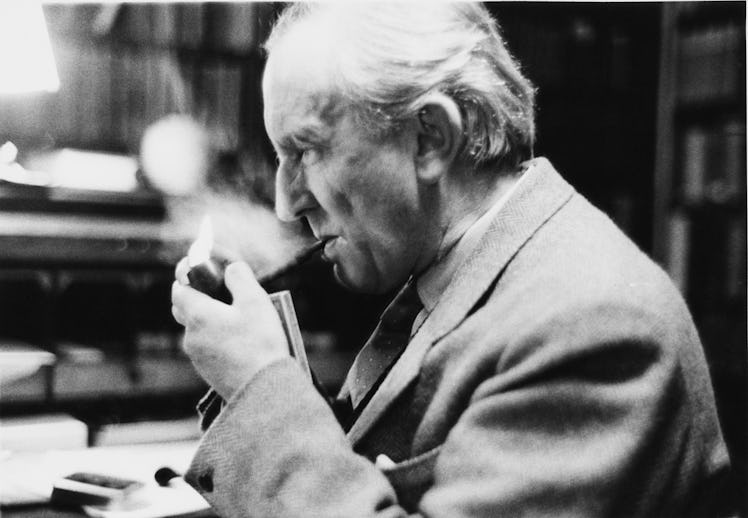
J. R. R. Tolkien in 1955, just as the various volumes of The Lord of the Rings were first hitting shelves.
Haywood Magee/Picture Post/Getty Images
And, at the risk of triggering Tolkien purists and scholars even further, The Fellowship remains, 70 years later, the best of these three novels by far. And the reason comes from the careful way Tolkien remixed his structure for The Hobbit, and grafted it onto a much bigger journey. Our collective memories of The Fellowship have been all slightly warped by the wonderful Peter Jackson adaptation, but the book itself is far stranger and more nuanced than its 2001 film counterpart. It’s also, in many ways, much more fun.
While the film tells us everything there is to know about the ring and Sauron and the Elves and Men right from the jump, Tolkien is more patient, and essentially begins the novel from the point-of-view of hobbits, just as he had done with The Hobbit. In that book, the first chapter was called “An Unexpected Party,” and here, because this is a true reboot and a sequel, Tolkien calls it “The Long-Awaited Party.” If you revisit this section now, or you’ve never read it, it’s laugh-out-loud funny, and fascinatingly, conceals the darker adventure that is to come in the pages beyond. It’s almost as if Tolkien doesn’t want to scare off his readers with too much about black riders and dark lords right away, so he makes sure that we are grounded in the world of grumpy old Bilbo first, who is doing his best to piss off all the Hobbits in the shire with a massive party they feel inclined to attend.
You don’t need to have read The Hobbit, of course, to get into all of this, but it certainly helps. In fact, viewing The Fellowship of the Ring as a remix and reboot of The Hobbit is the best way to enjoy it, because (spoiler alert) the titular fellowship doesn’t really even form until roughly page 285, in the chapter “The Ring Goes South,” and at that point, the book has passed the halfway point. This fact means that you’ve got 14 chapters — everything from “The Long-Expected Party” to “The Old Forest” to “A Knife in the Dark,” and into the second half, “Many Meetings” and “The Council of Elrond” — before the fellowship gets fellowshipping.
Memes and decades of the influence of the Jackson movies have burned into everyone’s brains that all of this means that Tolkien is just screwing around for these first 13 chapters, that the novel has a lopsided structure, in which Frodo, Merry, Pippin, and Sam hang out with Tom Bombadil for too long and talk about trees and mushrooms. But, this is a mass misremembering of the book brought on by the breakneck pace of the film. Relative to The Hobbit, it turns out The Fellowship of the Ring is very well-paced. And because it builds on the structure of The Hobbit — specifically that Gandalf will show up and send you on a journey you don’t want to go on — the first half of The Fellowship mirrors The Hobbit, but with more creeping dread, and an incremental feeling that the stakes are getting raised with every chapter.
The journey of the four Hobbits out of the Shire and into Bree-land is its own mini-version of the proper fellowship that is to come, but with each passing chapter — including the three that feature Tom Bombadil — it becomes increasingly obvious that Frodo and the boys aren’t really equipped to for this tasks, at least not yet. So, when Strider arrives and reveals himself in chapter 10 (in the first half), you’re both relieved at the added protection for the hobbits, but also concerned that this extra muscle is needed. By the time everybody barely escapes the Ringwraiths in “Flight to the Ford,” it’s clear that Frodo needs a bigger squad to complete this journey.
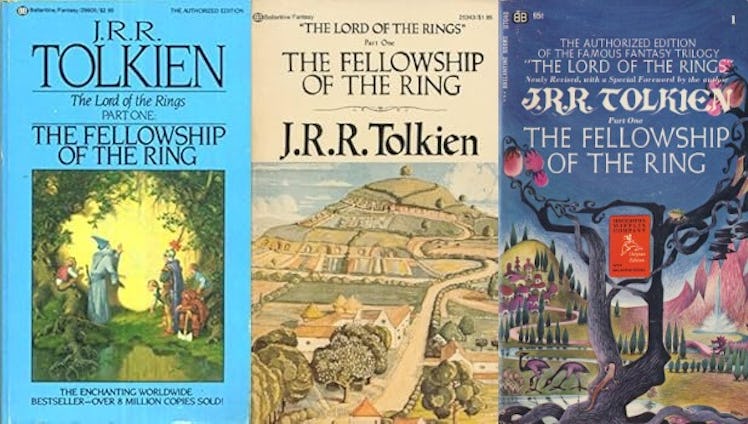
Various vintage covers for The Fellowship of the Ring.
Ballentine/Houghton Mifflin
And so, it’s only in the second half that the familiar events of The Fellowship of the Ring actually unfold. Surprisingly “The Bridge of Khazad-dûm” sees Gandalf apparently perish, which is really something since in the book, he’s not really around much as you remember. Ditto Galadriel, who doesn’t appear until the three chapters, “Lothlórien,” “The Mirror of Galadriel,” and “ Farewell to Lórien.” Like Tom Bombadil in the first half of the book, Galadriel creates a kind of anchor for the Hobbits, but unlike Tom, she’s more earnest and reflects the darker, more dire stakes that are to come.
And by the time Gandalf has seemingly fallen into the depths of Moria fighting the Balrog, and the Hobbits meet Galadriel, we’re pretty much done! The fellowship famously becomes broken, and Sam and Frodo are forced to set off on their own, which, brilliantly, is actually what happened in the early chapters. The adventure continues in a way that the reader couldn’t have predicted, with Tolkien seemingly sending a message to readers that not only are individual characters not safe, but also, relationships are tenuous as well. The fellowship itself wasn’t a solution to Frodo’s problems, nor was it a means to an end. Instead, the book seems to suggest that the fellowship — a team-up of a bunch of cool characters — was a nice idea.
But, the book is just too real to allow all of that to continue. In gathering all of his players for where they’ll all go next, Tolkien created a masterpiece The Fellowship of the Ring. We can think of it as the beginning of a bigger story, but because it comes full circle at the end, it is, as a novel, a complete and brilliant piece of work. While it’s been fashionable for years to call it slow or meandering, revisiting the text today, without bias, and with fresh eyes, will reveal the greatest adventure of all.

